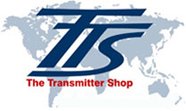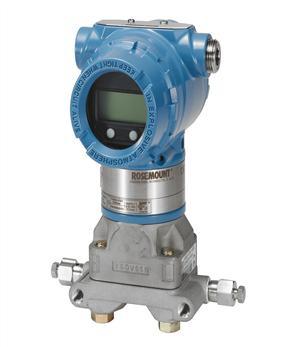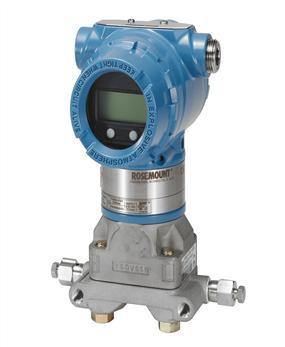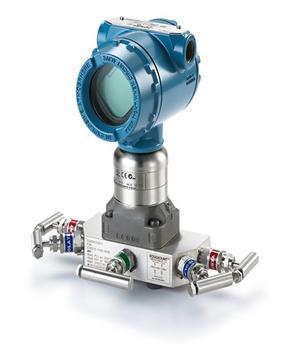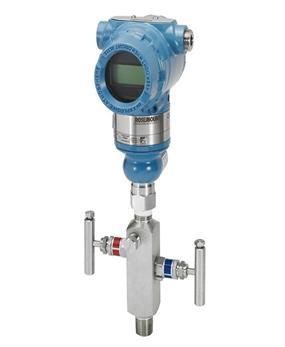BLOG
The Features and Benefits of Rosemount 1199 Direct Mount Transmitters
Brian Craig
April 20, 2018
The Rosemount 1199 direct mount transmitters are designed as remote diaphragm seal systems
As the name suggests, they can be mounted directly onto the application system. They are mainly chosen for applications involving pressurized liquids. They protect pressure transmitters from excess process temperatures. Let’s discuss this product in detail.
Rosemount Direct Mount Transmitters Design and Features
The design of these transmitters is a combination of direct mount seals, level transmitters, and pressure instrumentation. They create direct connections between pressure transmitters and vessel fittings. They also ensure that the fill fluid’s operating temperature is maintained at particular levels.
Standard features of the Rosemount 1199 transmitter include:
- The transmitter’s design includes either capillary style or direct mount connections. The connections can be either threaded or flanged, thus ensuring a hygienic process.
- The instrument connections are welded, which eliminates leakage possibilities.
- Advanced welding techniques are used to construct the transmitter. The techniques prevent weld corrosion, and improve seal reliability.
- The design also includes a recessed diaphragm. This minimizes gasket errors, and protects the diaphragm from getting damaged during installation.
Benefits of Rosemount 1199 Transmitters
Customers can accrue a variety of application benefits by using this transmitter product:
- The transmitters are fine tuned for improved performance.
- They have remote displays and interfaces for easy access to data.
- They reduce process variability, as well as installation costs.
- The diaphragm seal system ensures a stable and leak-proof application operation.
- The transmitter also comprises a backup diaphragm pattern. This extends the diaphragm’s service life, and reduces oil volume for improved performance.
Industrial Application Features
Rosemount 1199 transmitters can be used in applications with the following aspects:
- Extreme temperatures
- Hygienic requirements
- Special process connections
- High flow rates and pressures
- Corrosive or viscous processes
The Rosemount 1199 direct mount transmitters are capable of providing diaphragm protection, and remote measurement in extremely tough applications. They provide reliable performance in terms of reducing temperature effects, and maintaining process pressures.
Related Posts
Pressure Monitoring in Pump Systems: A Comprehensive Guide
Common Challenges in Air Flow Measurement and How to Overcome Them
Monitoring and Controlling Energy Production in Power Plants
Understanding the Impact of Pressure Fluctuations on Drying Performance
Understanding Pressure Ranges and Units for Fluid System Monitoring
The Benefits and Challenges of HVAC System Balancing
An Ultimate Selection Guide for Flow Transmitters
Procedure to Calculate Accuracy of Pressure Transmitter Discussed
Pressure Transmitters vs. Pressure Transducers: Learn the Differential Characteristics
Multivariable Transmitter: What Is It and How Does It Work?
How Do You Test for 4 to 20mA Signal in a Pressure Transmitter?
Temperature Transmitter: How to Select The Efficient One for Your Application?
Flow Meter vs Flow Transmitter: Know the Difference
Absolute and Gauge Pressure Transmitters - Overview and Working Principle
HART Communication Protocol: Overview, Working Principle, Benefits in Industrial Automation
What is Absolute Pressure Transmitter & how does it work?
How Do You Calibrate A Flow Transmitter?
Remote Seals: Significance, Working Principle & Applications
How to Select Pressure Transmitter for Your Application?
How to Choose Diaphragm Seals for Your Application?
Difference in Conventional Transmitters and Smart Transmitters
What Are Diaphragm Seals and Their Types?
Rosemount 2088 Vs Rosemount 3051 – A Few Points of Differences Discussed
Rosemount 3051S vs 3051C Transmitter – What is Your Choice?
Impact of Shock and Vibration on Pressure Transducer
Safety Tips for Differential Pressure Transmitter Operation
Factors to Consider When Choosing a Pressure Transmitter Manifold
Tips to Improve the Performance of Pressure Sensors
Important Calibration Tips for Pressure Sensors
5 Most Popular Pressure Transmitter Technologies
Factors of Consideration When Choosing Pressure Transmitters
Tips to Augment the Performance and Service Life of Pressure Transmitter
Factors To Be Considered While Differentiating $40 and $400 Pressure Transmitters
An Unconventional Guide to Selecting the Right Pressure Sensor
3 Major Pressure Transmitter Technologies That Made the Device Popular
What are the Steps Involved in Calibrating Pressure Gauge?
All Important Questions on Reconditioned Transmitters Answered
Is Remanufactured Transmitter a Better Option than a New One?
Differential Pressure Transmitters: How Do They Help in Flow Measurements?
3 Whats that Explain How Often You Should Calibrate Pressure Transducer
Guidelines for Troubleshooting Pressure Transducers
Learn How to Calibrate a Pressure Transmitter – II
Learn How to Calibrate a Pressure Transmitter
Know Three Interesting Uses of Pressure Transmitters
